In a personal injury case, the plaintiff seeks compensation for the damages caused by a third party. The individual or entity that is allegedly responsible for the injury is known as the defendant. In the case of fatal accidents, the victim’s family may file a wrongful death lawsuit against the defendant.
There may be many parties at fault in some personal injury lawsuits, and the plaintiff may get compensation from all the guilty parties. Since personal injury cases are not criminal cases, the burden of proof is usually lesser than that of criminal cases from the same incident.
In most personal injury cases, the lawsuit aims to get monetary compensation from the defendant. However, in the case of malicious or particularly criminal conduct, the plaintiff may seek punitive damages.
Proving Negligence in a Personal Injury Lawsuit
The common situations which may result in a personal injury lawsuit include premises liability, vehicle accidents, medical malpractice, and other reckless conduct. Proving negligence is an important aspect of a personal injury lawsuit. The plaintiff must be able to prove that there was a clear case of negligence. The plaintiff must have suffered clear injuries or damages as a result of the negligence.
Many injuries in a personal injury lawsuit occur due to negligent or reckless behavior rather than intentional or malicious conduct. There are five things the plaintiff will need to prove in a personal injury lawsuit in most states. First, the plaintiff will need to prove the defendant had a duty of care. The duty of care may vary depending on the circumstances and the region. For example, a business owner has a duty to replace faulty handrails and maintain other structures properly.
The retailer is also expected to warn customers about a dangerous situation to prevent injuries to customers. Neglecting the duty of care can lead to a premises liability case resulting from a personal injury. The plaintiff must prove that there was a breach of the duty of care by the defendant and that the breach resulted in damages or contributed to the injuries. Lastly, the plaintiff must be able to prove that they suffered actual damages as a result.
Stages Involved in a Personal Injury Case
There are various stages to a personal injury case. The list below should give you an idea of what to do and expect.
Medical Treatment and Documentation
The first thing to do is to get medical treatment immediately after the incident. You should also get enough documentation about your injuries and medical expenses incurred.
Store Evidence
The next step after getting medical treatment is to gather all available evidence as it would be useful in making a valid claim and getting compensation. The evidence will include photographs, official reports, and medical reports.
Consult an Attorney
A personal injury lawyer will help you with the remaining steps to take. If you have suffered significant injuries or want to get substantial compensation, then it is advisable to hire a lawyer. A lawyer will review your claim, medical records, and the available evidence. After you have reached a certain maximum medical improvement level, the attorney will decide whether to make a demand or file a lawsuit.
The Maximum Medical Improvement is the stage at which you have ended all medical treatment. It is possible to get a settlement without going to trial. The lawyer can make a demand to the defendant’s attorney or their insurance provider. If the negotiation fails, then the next step is litigation.
Litigation
During litigation, the lawyer officially files the lawsuit in court. The lawsuit must be filed within the statute of limitations. The statute of limitations is a time limit between the incident’s occurrence and the time the lawsuit must be filed. Shortly after litigation, there is the discovery phase. During this period, both parties examine each other’s claims and defenses.
Mediation/Negotiation
After the litigation and discovery phase, the attorneys can negotiate a settlement or invite a neutral party to help them reach a settlement. A lot of personal injury cases end at this stage.
Trial
If negotiation fails, then the case will proceed to trial. The court will schedule the trial, and the duration may be increased depending on the circumstances.
Contact a Personal Injury Lawyer Today for Help
If you have suffered injuries as a result of negligence or reckless conduct, then you may be eligible to receive compensation. Contact our personal injury lawyers at Calvin Smith Law to schedule a free consultation and get the guidance you need. We’ll evaluate your case and help you get suitable compensation.









